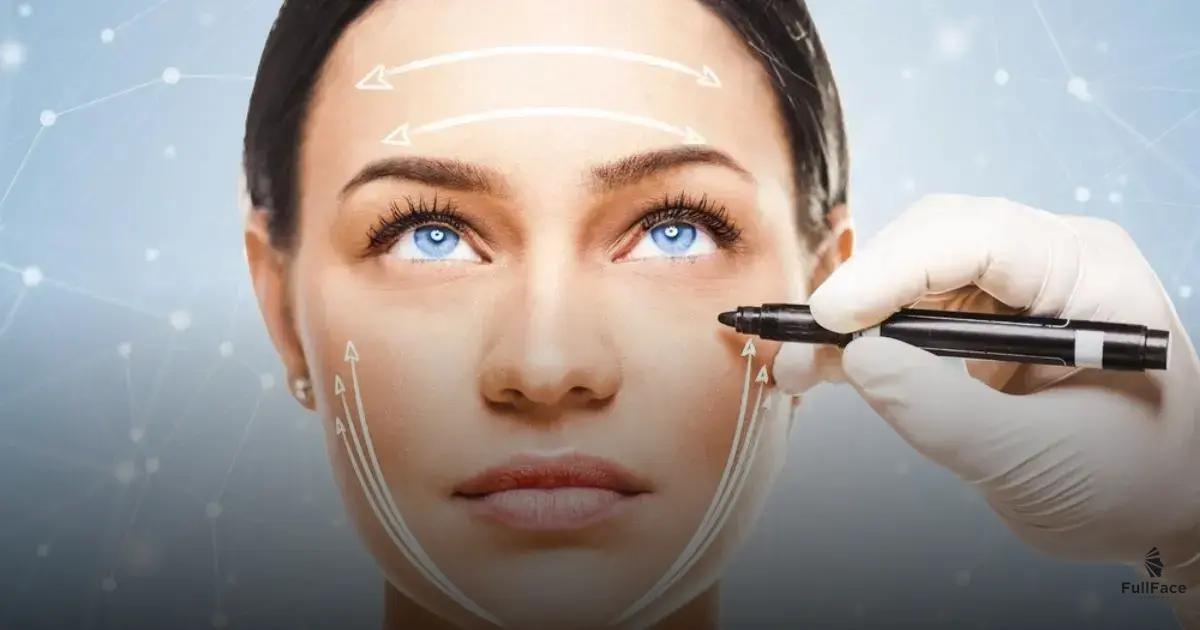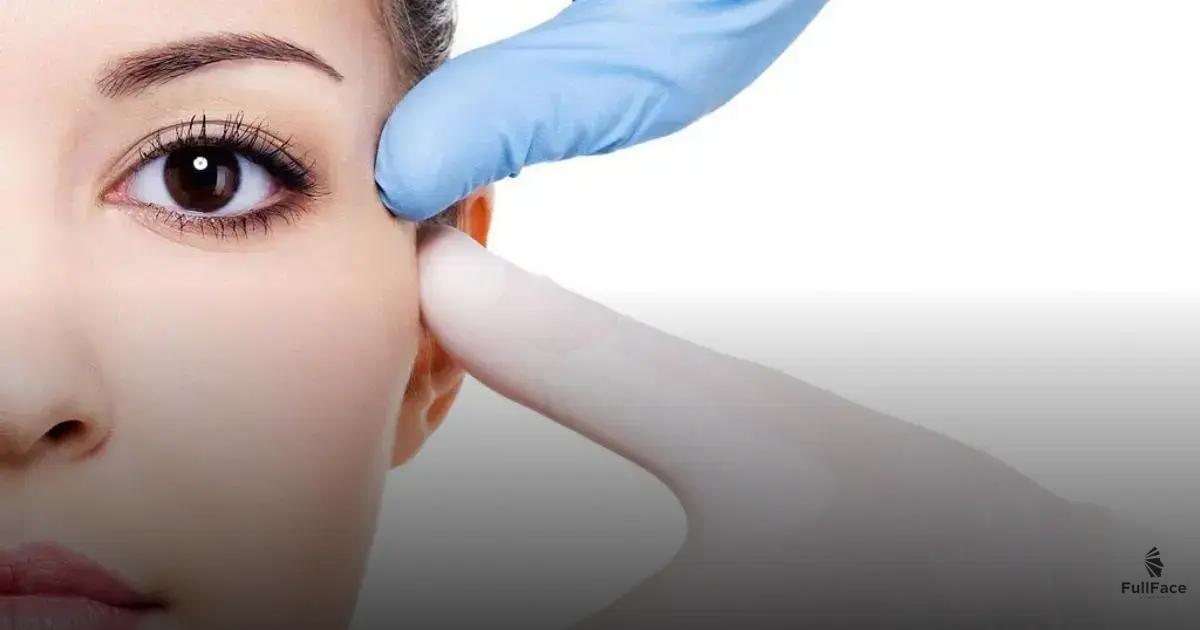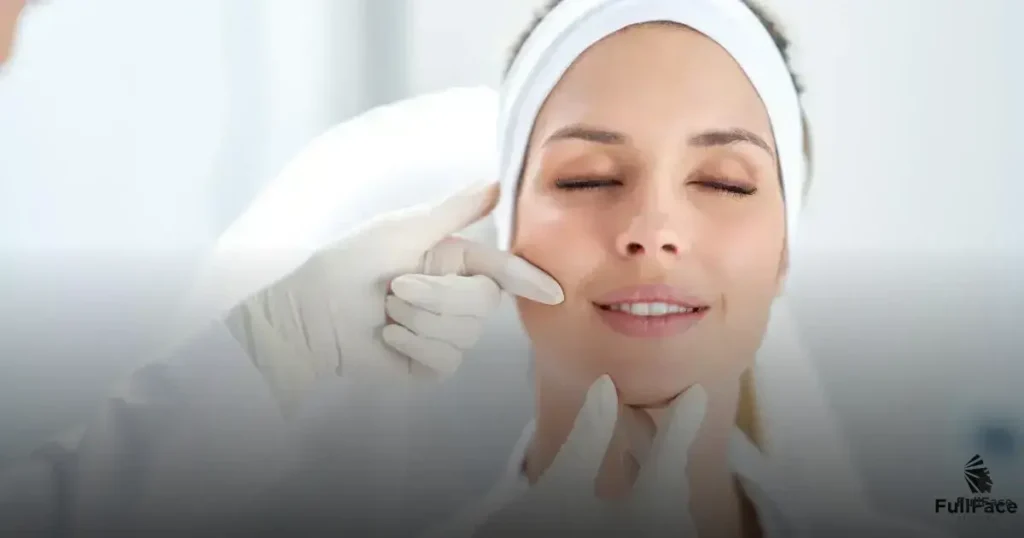Facial Harmonization for Dentists: The integration of dentistry into facial aesthetics has proven to be a promising and innovative practice. With the growing demand for aesthetic procedures, dentists are expanding their areas of practice and incorporating facial harmonization into their clinics. In this context, it is essential to understand the main techniques, equipment and ethical and legal approaches to guarantee safety and excellent results. This article will address the fundamental aspects of facial harmonization for dentists, providing valuable insights for those looking to improve their skills and offer a complete and integrated service to their patients.

Integration of Dentistry in Facial Aesthetics
The integration of dentistry into facial aesthetics is a constantly evolving field that seeks to harmonize the aesthetics of the smile with facial proportions, resulting in a balanced and natural appearance. In this context, aesthetic dentistry plays a crucial role in improving patients' self-esteem and confidence, promoting not only beauty, but also oral and facial health.
Benefits of Integrating Dentistry into Facial Aesthetics
- Facial Harmonization: Through dental procedures, it is possible to correct facial asymmetries and disharmonious proportions, resulting in a more balanced facial aesthetics.
- Facial Rejuvenation: The use of dental techniques can contribute to facial rejuvenation, improving the bone structure and support of facial tissues.
- Self-esteem and Well-Being: By improving facial aesthetics, the integration of dentistry into facial aesthetics can positively impact patients' self-esteem and psychological well-being.
In short, the integration of dentistry into facial aesthetics represents a holistic approach to facial health and beauty, highlighting the importance of harmony between the smile and facial structures.

Common Procedures in Harmonization
Facial harmonization is a set of aesthetic procedures that aim to balance and enhance facial features, providing a more harmonious and youthful appearance. Among the most common procedures are:
- Botulinum Toxin: Popularly known as botox, it is used to smooth wrinkles and expression lines, providing a more rejuvenated appearance.
- Facial Filling: Made with hyaluronic acid, it aims to fill furrows, wrinkles and expression lines, as well as promoting volume in areas such as cheekbones and lips.
- Orofacial Harmonization: It encompasses a series of procedures that aim to balance facial aesthetics, including lip fillers, bichectomy, genioplasty, among others.
- Facelift: Surgical procedure that aims to reposition facial tissues, eliminating sagging and promoting a more youthful appearance.
- Chemical Peels: Used to promote cell renewal, improve skin texture, soften blemishes and stimulate collagen production.
It is essential that such procedures are carried out by trained professionals, taking into account the unique characteristics of each patient and always seeking natural and harmonious results.

Equipment and Materials Needed for a Dental Clinic
The practice of aesthetic dentistry requires a series of specific equipment and materials to ensure safe and effective procedures. Below, we highlight some of the main items necessary to work in this area:
Equipment
- Dental Unit: Essential for carrying out dental procedures, including aesthetic ones. It must have all the necessary devices, such as suckers, triple syringes, high and low rotation handpieces, among others.
- Laser: The use of lasers in aesthetic dentistry is increasingly common, being essential for various interventions, such as tooth whitening, soft tissue removal, among others.
- Radiography Equipment: Indispensable for carrying out accurate diagnoses, helping to evaluate bone and dental structure.
- Dental Photography Equipment: Essential for documenting cases, planning treatments and monitoring the evolution of aesthetic procedures.
Materials
- Composite Resins: Used in aesthetic restorations, composite resins must have quality and a variety of shades to meet the different needs of patients.
- Tooth Whiteners: Several products and techniques are available for teeth whitening, and it is essential to have safe and effective materials.
- Cirurgical instruments: For more invasive procedures, it is essential to have high-quality, sterilized surgical instruments.
- Molding Material: Addition silicone, alginate and other impression materials are essential for obtaining accurate impressions in restorative and prosthetic procedures.
In addition to the items mentioned, it is important to highlight that the choice of equipment and materials must be aligned with current standards and regulations, ensuring the safety and quality of the procedures performed.

Ethical and Legal Approaches
The practice of cosmetic dentistry involves ethical and legal issues that must be carefully considered. It is essential that dentists act in accordance with the highest ethical standards, ensuring the safety and well-being of patients.
Professional Responsibility: Cosmetic dentistry professionals must act within the limits of their competence and skills, ensuring that they only offer procedures for which they are appropriately qualified. The constant search for professional updating and improvement is essential to guarantee the provision of quality services.
Informed consent: Before carrying out any aesthetic procedure, it is crucial to obtain the patient's informed consent. This includes providing detailed information about the procedures, possible risks, benefits and alternatives, allowing the patient to make an informed decision.
Confidentiality and Privacy: Dentists must respect patients' confidentiality and privacy, ensuring that personal and clinical information is appropriately protected. This includes the appropriate and secure use of medical data and records.
Advertising and marketing: When promoting cosmetic dentistry services, professionals must adhere to clear ethical guidelines, avoiding misleading or exaggerated advertising. Transparency in the disclosure of information is essential to establish patient trust.
Legislation and Regulation: It is essential that dentists are aware of the laws, regulations and ethical standards that govern the practice of cosmetic dentistry in their region. Strict adherence to these guidelines is essential to ensure the integrity of the profession and patient safety.
In summary, ethical and legal approaches to cosmetic dentistry play a crucial role in protecting patients, maintaining professional integrity, and responsibly advancing aesthetic dental practice.

Marketing Strategies for Dentists
When it comes to promoting a dental practice, it is essential to develop effective marketing strategies to reach and attract new patients, as well as retain current ones. Competition in the dental sector is fierce, and it is crucial for professionals in the field to adopt innovative and ethical marketing approaches to stand out in the market.
Visual identity
Investing in a strong and professional visual identity is essential to building the practice's image and attracting the attention of the target audience. This includes creating a distinctive logo, selecting coherent colors and developing visually appealing marketing materials such as business cards, letterhead and online presence.
Online Presence
Having a solid online presence is essential these days. Maintain active profiles on relevant social networks, such as Instagram and Facebook, to connect with patients and share relevant content.
Content Marketing
Content marketing is a powerful strategy for educating and engaging potential patients. This may include creating informative blogs about oral health, videos demonstrating dental procedures, informative emails, and newsletters that offer helpful tips and relevant information.
Testimonials and Reviews
Showcasing positive testimonials and reviews from satisfied patients can be an extremely effective marketing tool. This helps build trust and credibility, as well as providing social evidence of the excellent work carried out by the practice.
Partnerships and Networking
Establishing partnerships with other healthcare professionals and participating in community networking events can be valuable strategies for expanding your patient base. These connections can result in referrals and collaborations that benefit both the practice and partners.
In short, implementing effective marketing strategies is essential to the success of a dental practice. By investing in visual identity, online presence, content marketing, testimonials and reviews, and networking, dentists can increase their visibility, attract new patients, and solidify relationships with the community.




